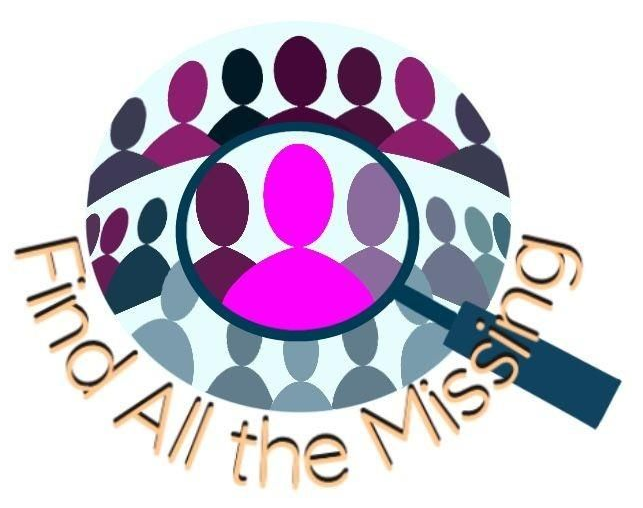Human Trafficking, Part 1: Uncovering the Truth About Domestic Trafficking and Missing Persons
By:
Dr. W. Christopher Cason
On
09/03/2025Reading time:
4 min
Summary:
Learn the shocking reality of domestic trafficking and how it often intersects with missing persons cases. Time to uncover the truth.
Human trafficking and missing persons are major global issues that have long been interconnected. While the concept of trafficking may bring to mind images of cross-border smuggling or international sex trafficking rings, the harsh reality is that trafficking also occurs domestically. In fact, domestic trafficking and missing persons are deeply intertwined, with traffickers often targeting those who are already vulnerable or have been reported missing. This blog post delves into the connection between domestic trafficking and missing persons, shedding light on the prevalence of these issues and the underlying factors that contribute to their existence.

Often, missing persons are also the victims of human trafficking, two interconnected and dark and dangerous worlds.
Tracing the Connections Between Domestic Trafficking and Missing Persons
Domestic trafficking and missing persons are two separate issues that are often addressed separately, but they share common ground. According to the National Human Trafficking Hotline, 74% of reported trafficking cases involve U.S. citizens as victims, and 39% of those cases involve minors. This shows that domestic trafficking is a pervasive problem that affects people of all ages and backgrounds. At the same time, there are an estimated 100,000 active missing persons cases in the U.S., with a disproportionate number of those cases involving children and youth. It is crucial to see domestic trafficking and missing persons as interconnected issues that require a comprehensive approach to effectively combat them.

Across the country, victims are going missing from their own neighborhoods - human trafficking being one of the reasons.
Understanding the Scope of Domestic Trafficking and Missing Persons
One of the biggest challenges in addressing domestic trafficking is that it often goes unnoticed and unreported. Unlike international trafficking, domestic trafficking can occur within a victim's own community, making it harder to detect. Additionally, traffickers often use tactics such as manipulation, coercion, and threats to control their victims, making it difficult for victims to come forward. This makes it even more important for individuals to be aware of the signs of trafficking and to report any suspicions to the proper authorities.

Runaway youth in particular, struggling to survive on the street, are also prime targets of human traffickers.
Exploring the Hidden Ways Traffickers Target and Recruit Victims
Traffickers often target vulnerable individuals, such as runaways, homeless youth, and individuals with a history of abuse or trauma. These individuals are more susceptible to tactics used by traffickers, including promises of love, protection, and a better life. Traffickers also use social media and online platforms to target potential victims, making it crucial for parents and guardians to monitor their children's online activity. Understanding the ways in which traffickers exploit vulnerabilities is crucial to preventing and combating domestic trafficking.
Trafficking and missing persons are often intertwined, hidden in plain sight and overlooked by society.
Examining the Societal Factors that Leave Individuals Vulnerable
Societal factors such as poverty, systemic racism, and inadequate support systems also play a significant role in contributing to the vulnerability of individuals to domestic trafficking and the prevalence of missing person cases. These issues must be addressed at the root to effectively prevent and combat trafficking. In addition, better support and resources must be provided for individuals who have experienced trauma or are at risk of being targeted by traffickers. It takes a multidisciplinary and holistic approach to truly address domestic trafficking and mitigate its impact.
Multiple societal factors continue to exacerbate the problems of trafficking and missing persons cases.
Domestic trafficking and missing persons are complex issues that require a deeper understanding and collaboration in order to effectively address them. By shedding light on the connection between the two and examining their underlying factors, we can work towards developing more comprehensive solutions and providing support for those who are most vulnerable. It is time to uncover the truth and take action to protect our communities from these heinous crimes.
Human trafficking, both domestic and international, is a serious crime, one also undeniably linked to numbers of ongoing missing persons cases. Therefore, the overall topic demands more than just one blog. Please review Part 2 in this ongoing series, titled "Human Trafficking, Part 2: The Unexpected Profile of a Human Trafficker."
